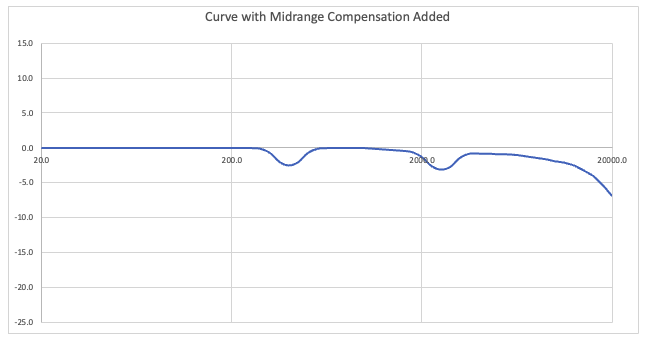techsamurai
Addicted to Fun and Learning
- Joined
- May 26, 2022
- Messages
- 804
- Likes
- 266
In the old days, the LFE (0.1 on most MCH tracks) found on most codecs needed to be boosted by 10dB by the downstream receiver (I see no reason why it would be different w/Dolby Atmos, etc.). The calibration done by most AVRs are done properly to provide enough headroom for transient LFE peaks and to protect your subwoofer.
This is another reason why I don't recommend double bass. The boost provided to LFE in the subwoofer would be out of sync with the ones going to the mains. This may not be an issue for most music that lack the 0.1 in their tracks. However, most movie tracks would sound "weird" and probably what you were experiencing recently.
A proper calibration of a subwoofer should be with an RTA (Real Time Analyzer) so don't be shocked by the SPL and gains from Audyssey as it SHOULD NOT be apples to apples with the rest of your speakers!
yeah, I was pushing subs by 10db on the 8002 especially since I was almost never playing reference levels.




